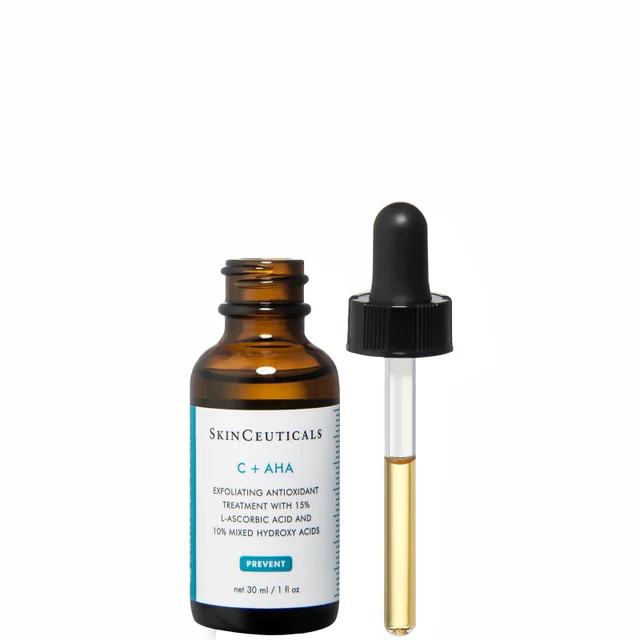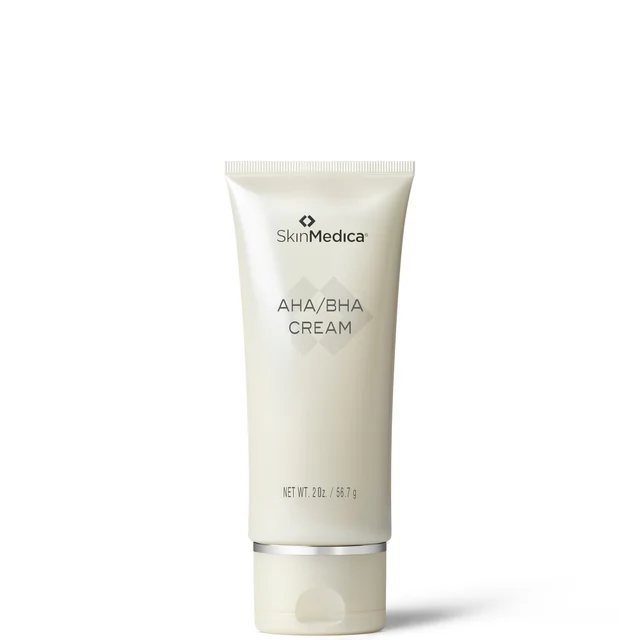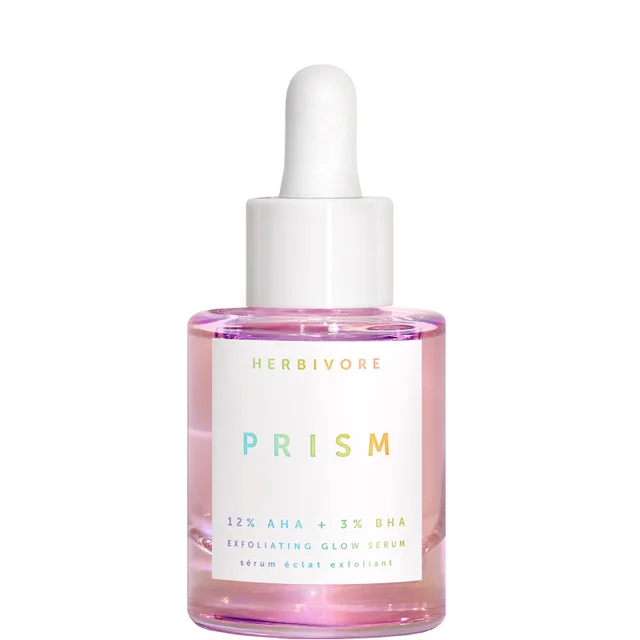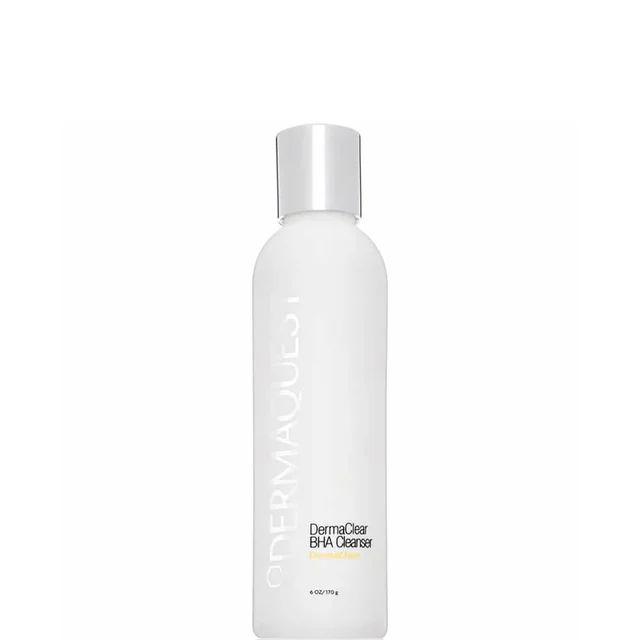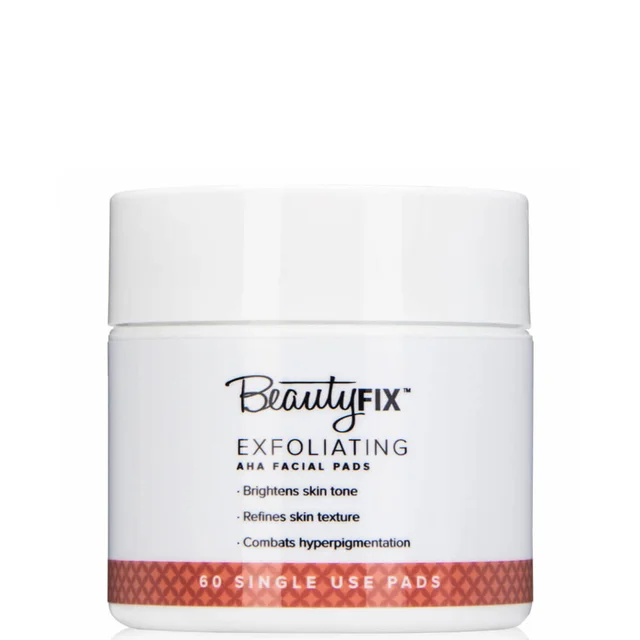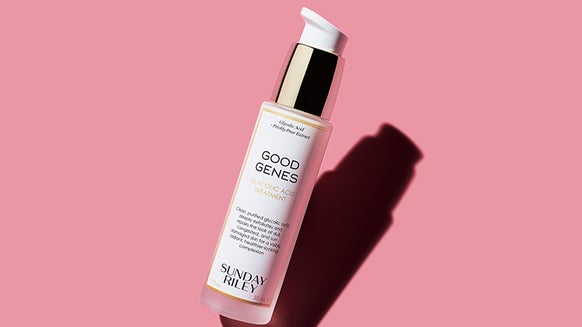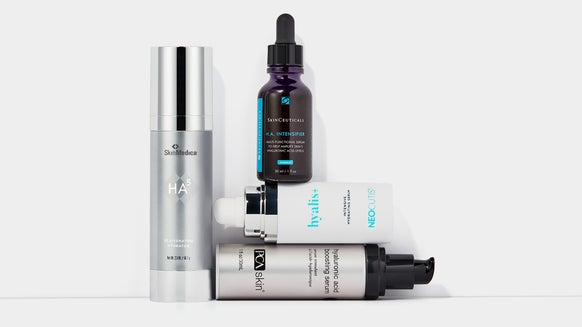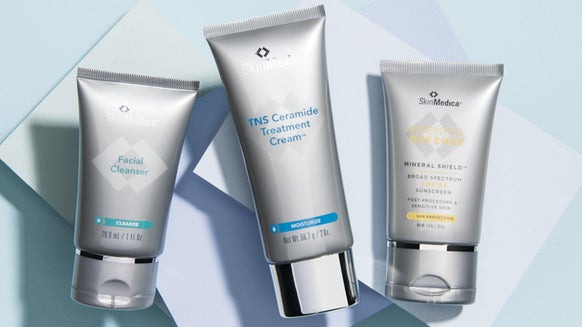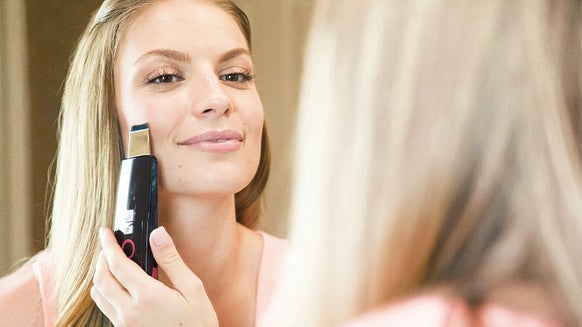The Difference Between AHAs and BHAs for Skin
Lifestyle experts and beauty gurus praise these stars of the skin care scene, but you might be wondering exactly what AHAs and BHAs do for your skin. They're both hydroxy acids—that's the group name for a variety of similar, naturally derived chemicals—and both appear widely in cosmetic formulas. Topical creams and peels containing alpha hydroxy acids (AHAs) often claim similar effects to those containing beta hydroxy acids (BHAs). You might think they're different names for the same thing, but they work differently to smooth and brighten your skin.
3 Different Paths to the Same Goals
Alpha hydroxy acids and beta hydroxy acids share some similarities, and in fact, some BHAs are also considered AHAs. Citric acid, in particular, is sometimes classified as an AHA and other times as a BHA. Both treat acne, psoriasis, sun damage and other skin conditions, and can improve collagen production and skin elasticity, along with smoothing out skin and helping to repair pigmentation spots. However, they differ in how they accomplish these skin improvements and what side effects can result.
Active AHAs
Gentle exfoliating is the name of the AHA game—as they exfoliate on the surface of skin and have the added benefit of also boosting moisture content. These acids are great for sun-damaged and dry skin because they increase cell turnover and trigger faster collagen production for smoother, younger-looking skin. AHAs also help fade dark spots by affecting melanin production. Glycolic acid, derived from sugar cane, and lactic acid, made from sour milk, shows up often in AHA-based cosmetics. The newest generation of AHAs is called PHAs, or polyhydroxy acids, and includes lactobionic acid and gluconolactone. They are less likely to cause itchy rashes than AHAs due to a slower, gentler absorption rate, and have more of a moisturizing effect.
The Beauty of BHAs
Also masters of exfoliation, BHAs penetrate deeper into the skin and pores than AHAs, making them ideal for oily or pore-clogged skin. They're anti-inflammatory and help prevent acne lesions from forming, and contain the same antioxidant and anti-aging effects as AHAs. Check your product's labeling for salicylic acid, the most common type of beta hydroxy acids found in skincare. Salicylic acid has a slight antibacterial and antifungal effect, which can help prevent acne from forming. Salicylic acid also protects skin from sunlight and makes your skin more resistant to UV damage over time. Salicylic acid may cause some peeling and irritation, but not as much as AHAs.
This article has been reviewed by board-certified dermatologist Dr. Emmy Graber.

From the latest hair and makeup trends to the best solutions for your skin issues, we've got all your beauty concerns covered!
